Top Things to Know Before Buying Greenhouse Plastic
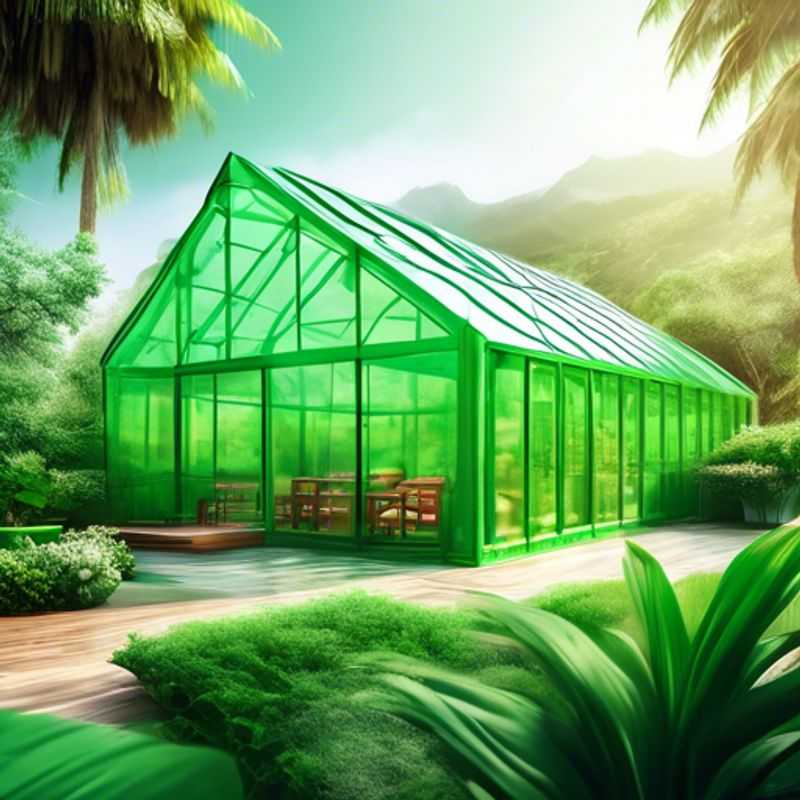
Top Things to Know Before Buying Green House Plastic: A Guide for the Green Thumb
Getting ready to build your very own greenhouse? Awesome!
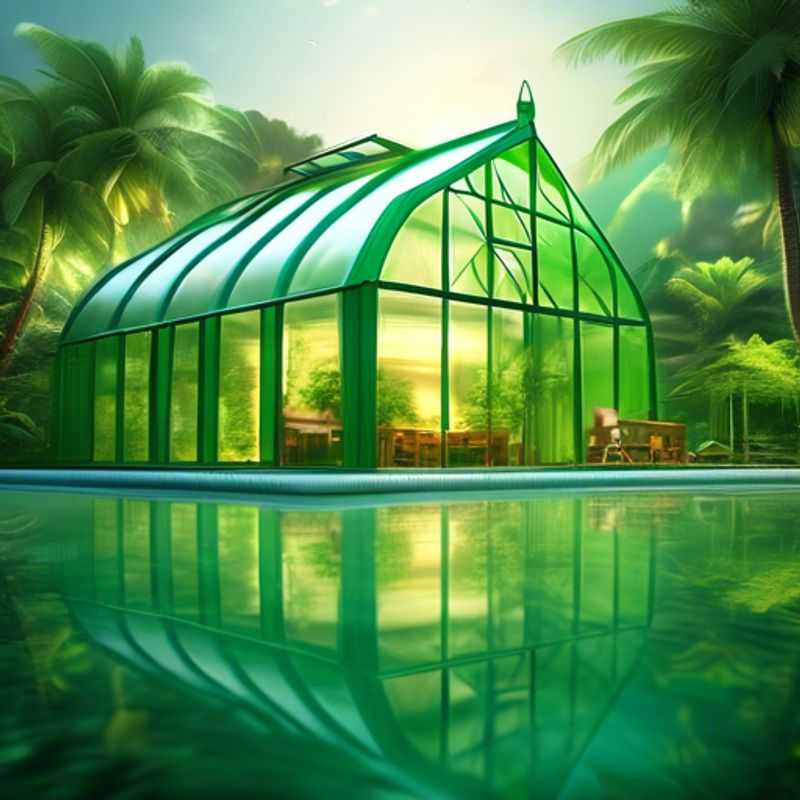
Greenhouse Plastic 101: A Guide to Different Materials and Their Properties
Choosing the right greenhouse plastic material is crucial for maximizing light transmission, thermal performance, and durability. Here's a quick overview of common types:
Polyethylene (PE) is the most popular choice due to its affordability and flexibility. It comes in various thicknesses and UV-stabilized options. However, it can be susceptible to tearing and may not offer the highest light transmission.
Polypropylene (PP) is stronger and more tear-resistant than PE, making it suitable for high-wind areas. It offers excellent light transmission and is often used for multi-span greenhouses.
Polyvinyl chloride (PVC) provides superior durability and UV protection. It's often used for larger commercial greenhouses due to its long lifespan and resistance to chemicals. However, it's less flexible than PE and PP.
Polycarbonate is known for its exceptional strength, impact resistance, and high light transmission. It's the most expensive option but provides excellent insulation and can withstand extreme weather conditions.
When choosing a material, consider factors like your budget, climate, greenhouse size, and crop type. Research the specific properties of each material to determine which best suits your needs.
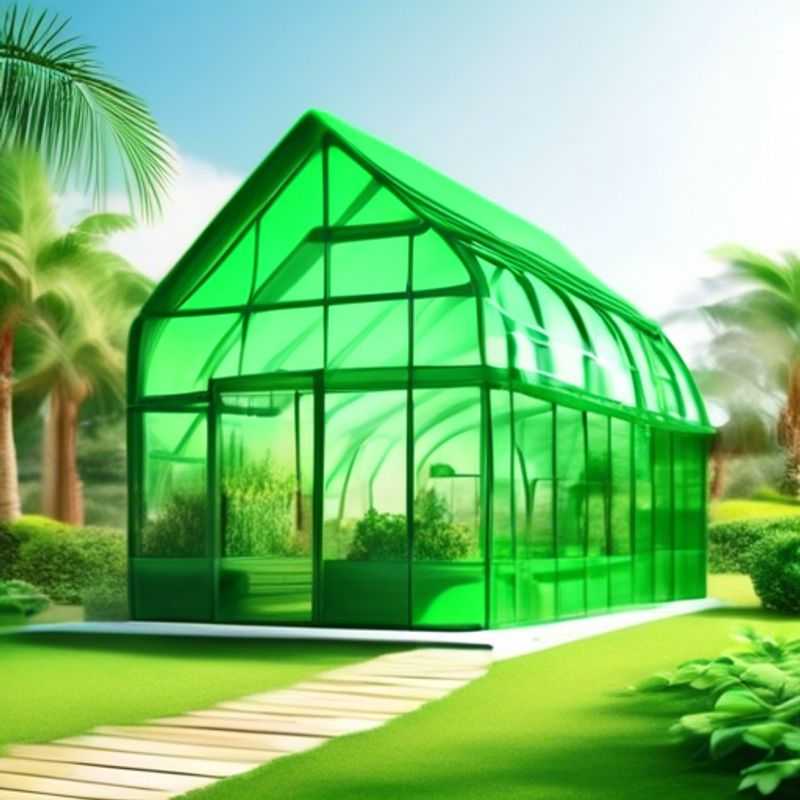
Choosing the Right Plastic: Climate and Weather Considerations
When choosing plastic for outdoor use, the climate and weather conditions in your area are critical factors. The right plastic can withstand extreme temperatures, UV radiation, and moisture, ensuring a longer lifespan and optimal performance.
For example, in hot and sunny climates, selecting a plastic with high UV resistance is crucial. Similarly, in areas with frequent rain or humidity, choosing a plastic that is moisture-resistant or has a hydrophobic coating is important.
Consider using plastics with a high melting point in areas with extreme temperatures. Also, factor in the potential for thermal expansion and contraction, which can affect the structural integrity of your product.
Understanding the specific challenges your chosen plastic will face in your local climate can help ensure its long-term durability and performance.
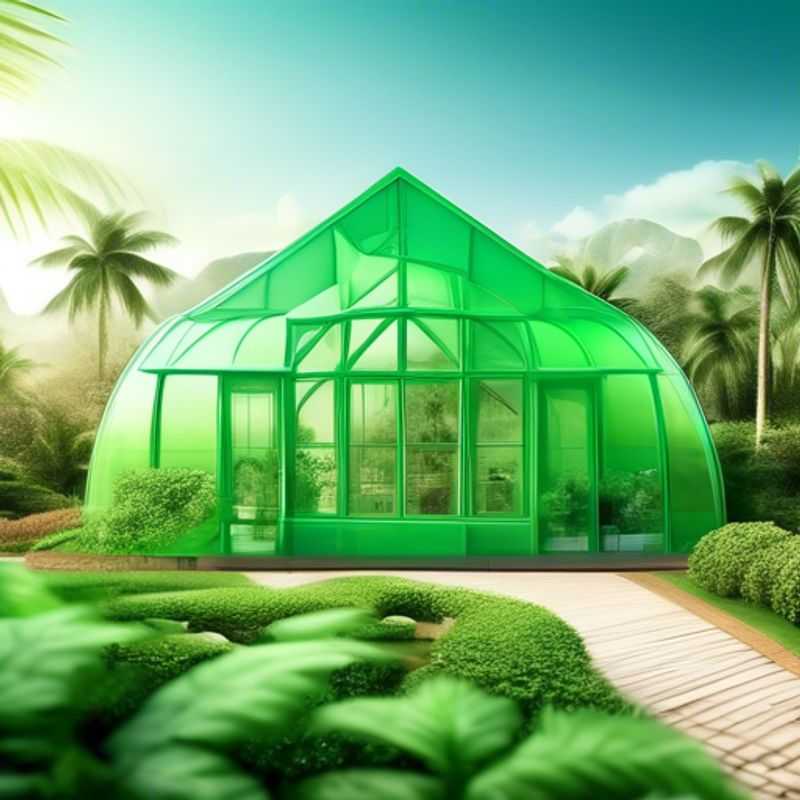
Greenhouse Plastic Sizing: Measure First, Build Second
Measuring your greenhouse structure accurately is crucial for choosing the right size of plastic sheeting. This ensures a proper fit and prevents waste. Here's a simple guide:
1. Measure the length and width of your greenhouse's base. Consider the foundation, not just the framing.
2. Measure the height of your greenhouse. This is usually from the ground to the peak of the roof.
3. Add an extra 2-3 feet to the length and width measurements. This extra length allows for a proper overhang and provides a buffer for future repairs or modifications.
4. Determine the height of the plastic sheeting. The height should be at least as tall as your greenhouse, allowing for adequate draping and securing.
5. Purchase the plastic sheeting based on the calculated dimensions. Ensure it's of the correct thickness and UV protection for your climate and greenhouse use.
6. Remember to consider additional factors like the location of doors and vents. These will require additional plastic sheeting, so factor them into your overall measurements.
By carefully measuring your greenhouse structure and adding a bit of extra material, you'll ensure a proper fit and optimal functionality for your plastic sheeting. This will contribute to a successful and thriving greenhouse environment.
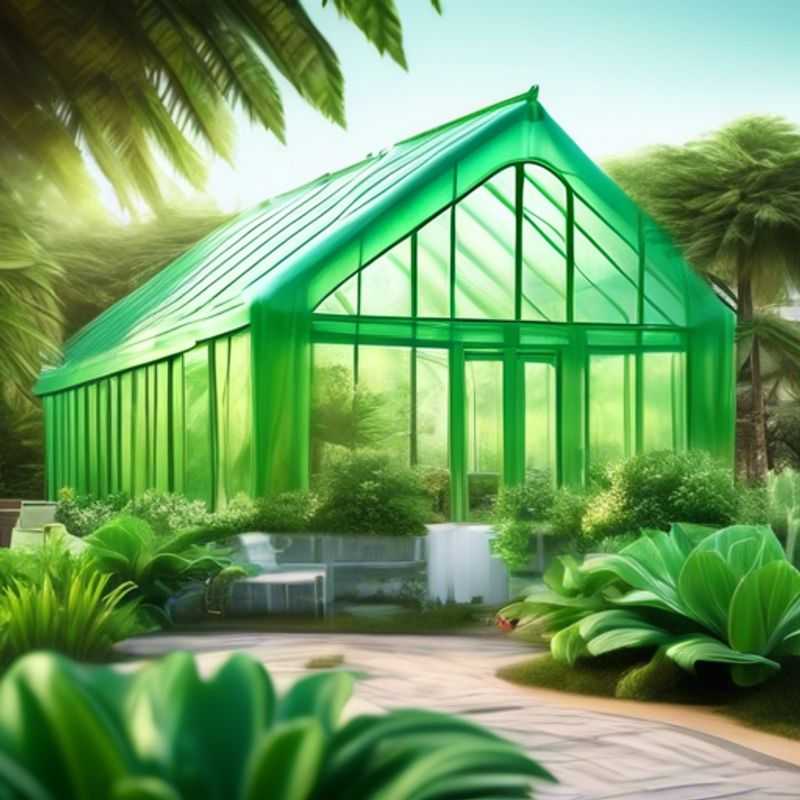
Choosing the Right Plastic: Strength and Durability for Outdoor Use
Choosing the right plastic for your project is crucial, especially when it needs to endure the elements. This involves evaluating the material's thickness and durability to ensure it can withstand weather conditions, UV exposure, and potential impacts.
Thickness is a direct indicator of strength. Thicker plastic is generally more resistant to bending, cracking, and puncture. However, consider the specific application. If you need flexibility, a thinner plastic might be suitable.
Durability refers to the material's ability to withstand degradation from factors like UV rays, chemicals, and temperature changes. Some plastics are inherently more resistant than others.
To get an accurate assessment, consult a material data sheet or contact a plastic supplier. They can provide information on the plastic's specific properties and suitability for your project.
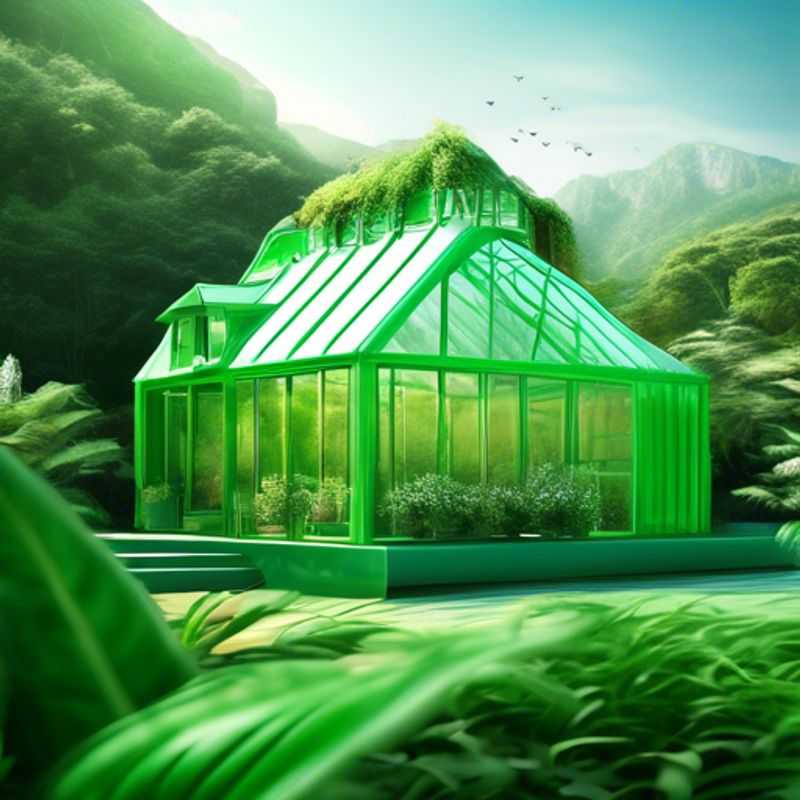
UV-Resistant Greenhouse Plastic: Keeping Your Plants Thriving
When selecting greenhouse plastic, opt for UV-resistant options to ensure longevity and optimal performance. UV radiation from the sun can degrade plastic over time, leading to weakening, cracking, and reduced light transmission. UV-resistant plastic contains additives that protect it from harmful UV rays, extending its lifespan and maintaining its effectiveness.
Consider the following factors when choosing UV-resistant greenhouse plastic:
UV resistance rating: Look for a high UV resistance rating, typically expressed as a percentage of UV rays blocked. A higher percentage indicates better protection. Type of plastic: Some types of plastic are naturally more resistant to UV degradation than others. Warranty: A manufacturer's warranty on UV resistance can provide assurance of product quality and performance.
Investing in UV-resistant greenhouse plastic is a smart move that safeguards your investment, maximizes plant growth, and promotes a healthy greenhouse environment.
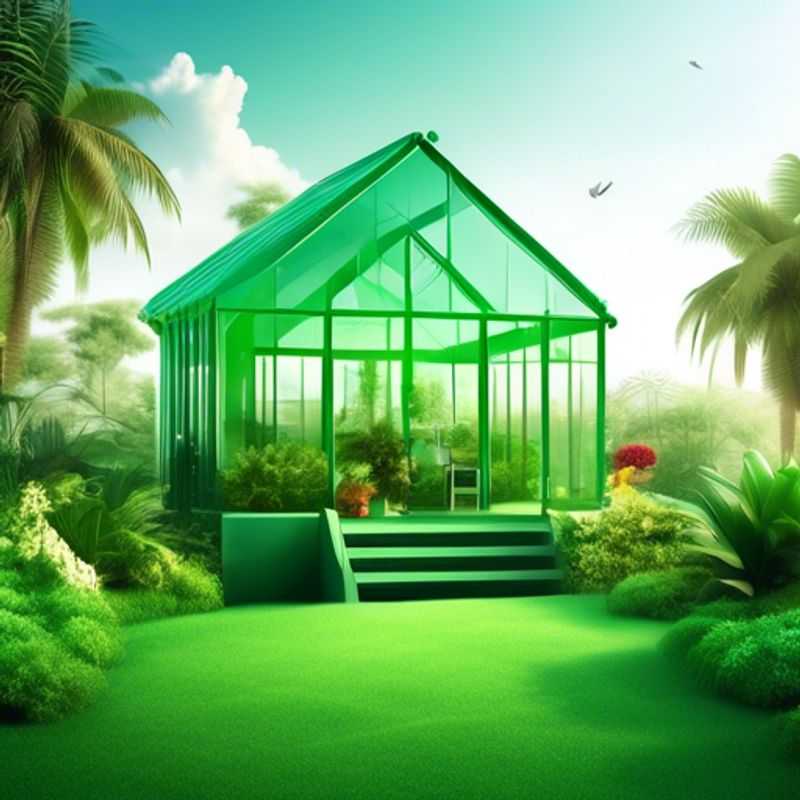
Don't Get Caught in the Greenhouse: Investigating Warranty and Lifespan Before You Buy
When considering the purchase of greenhouse plastic, it is crucial to investigate the warranty and lifespan to ensure you are making a sound investment. Most greenhouse plastics come with warranties ranging from 1 to 10 years, depending on the manufacturer and the specific product. A longer warranty often indicates higher quality and durability.
The typical lifespan of greenhouse plastic varies, with polyethylene options lasting about 4 to 6 years, while polycarbonate can last upwards of 10 to 20 years. Factors affecting lifespan include UV resistance, thickness, and environmental conditions.
Before purchasing, consider the following paid activities that may affect your decision: engaging a professional for installation, which can range from $1 to $3 per square foot, and purchasing additional protective coatings or treatments that enhance UV resistance and durability.
In summary, always check the warranty details and expected lifespan of greenhouse plastic to ensure it meets your needs. This proactive approach can save you time and money in the long run.
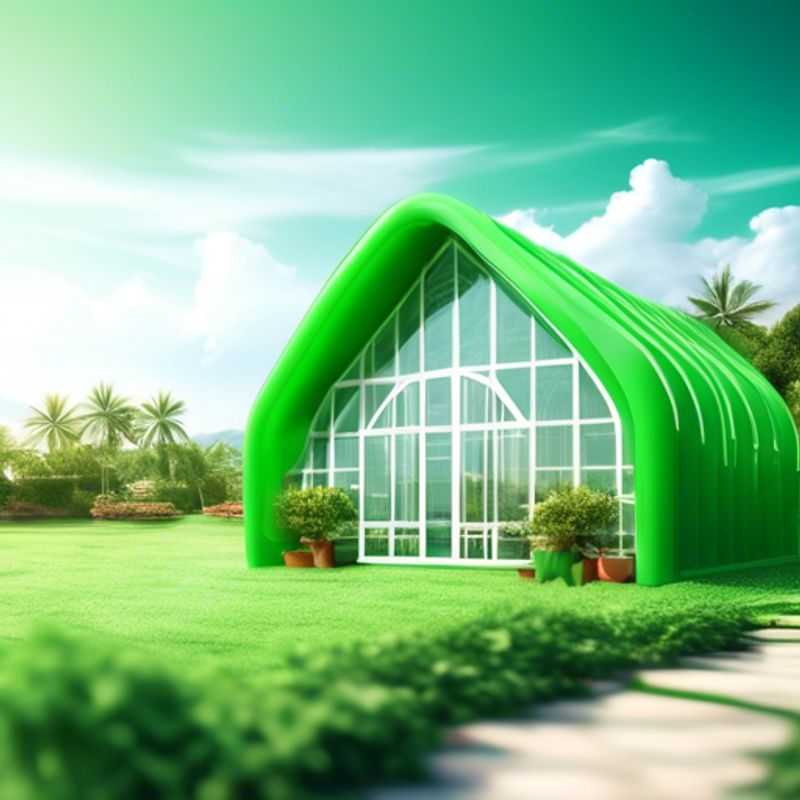
Installation 101: Getting Your New Gear Ready to Go
When setting up a new product, understanding the installation process is crucial. Familiarizing yourself with the installation process and any necessary tools or accessories will ensure a smooth and efficient setup. The installation process often involves connecting components, configuring software, and potentially adjusting settings.
Before starting, gather all required tools and accessories. These may include things like screwdrivers, cables, adapters, or mounting brackets. Refer to the product's user manual or online documentation for a detailed list.
It's important to note that while many products come with straightforward installation procedures, some may require professional assistance. If the installation process seems complex or involves delicate components, it's recommended to seek professional help to avoid potential damage or safety hazards.
Remember, understanding the installation process and ensuring you have the right tools will make the setup process much smoother and more enjoyable. Always refer to the manufacturer's guidelines and seek professional help when needed.
